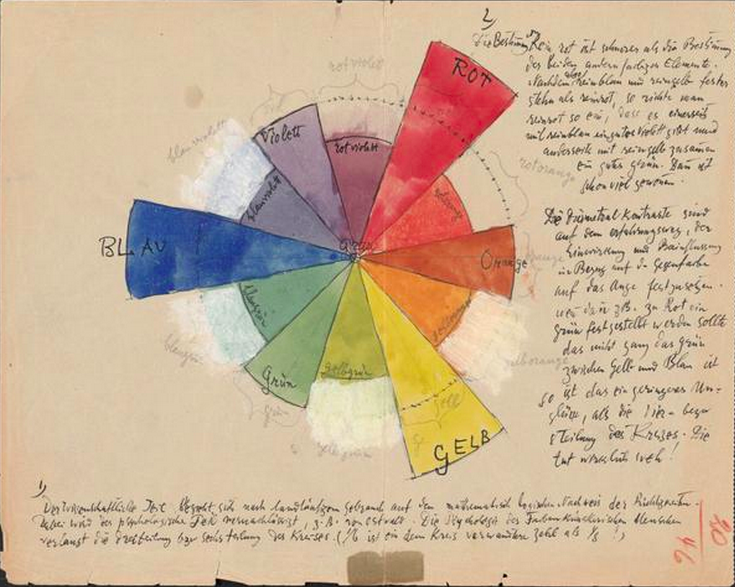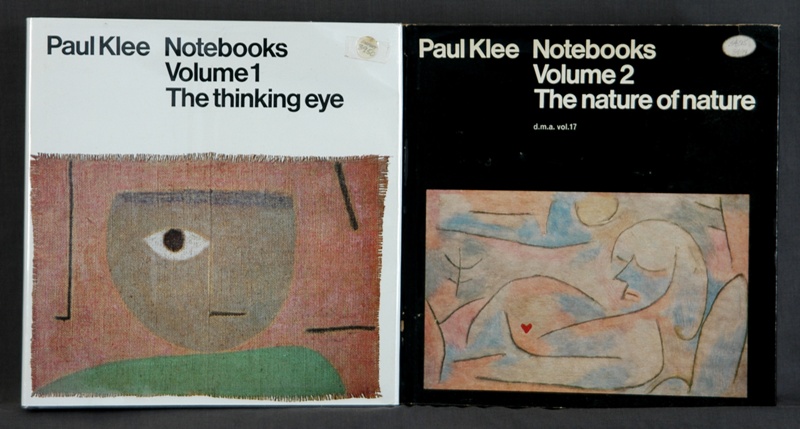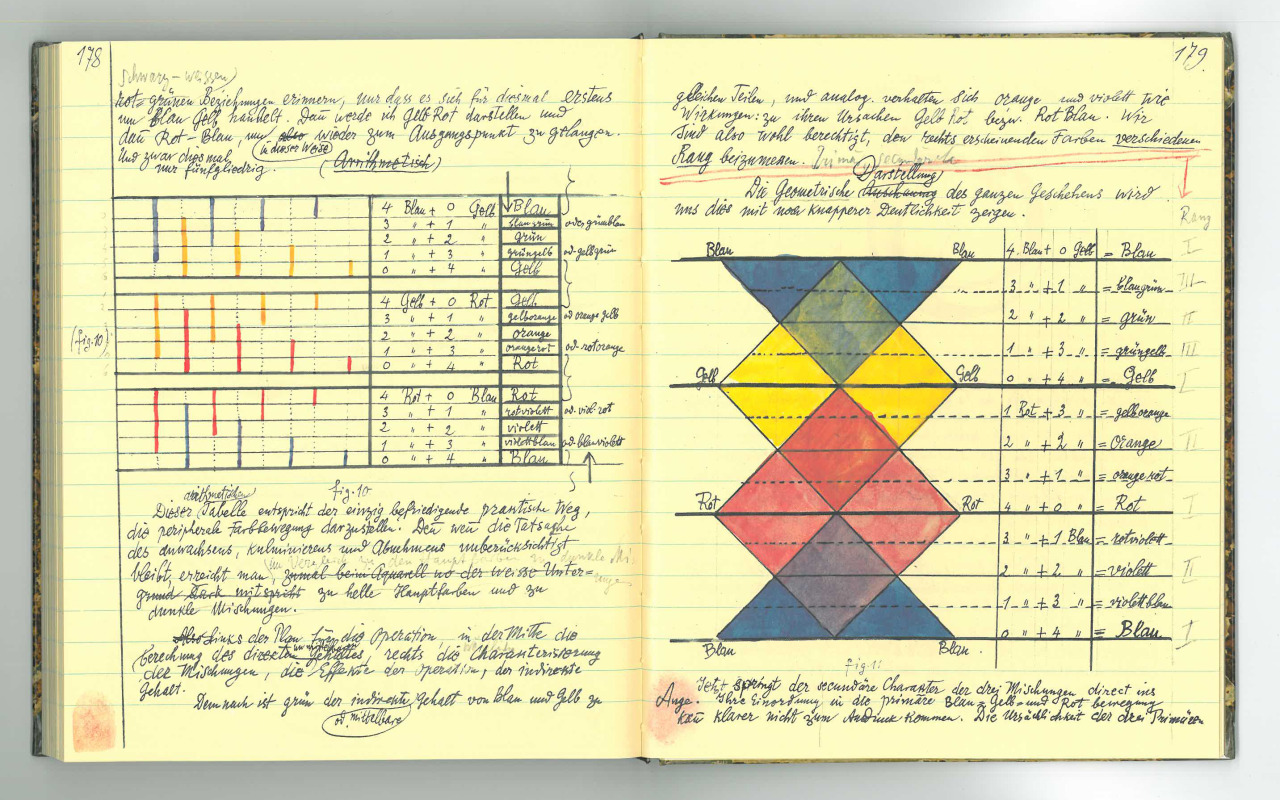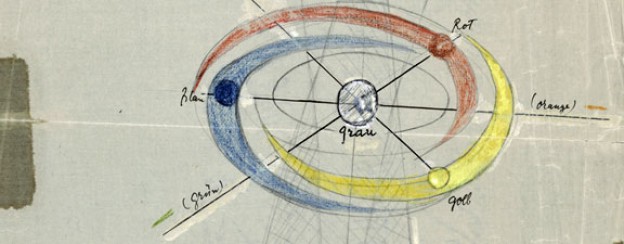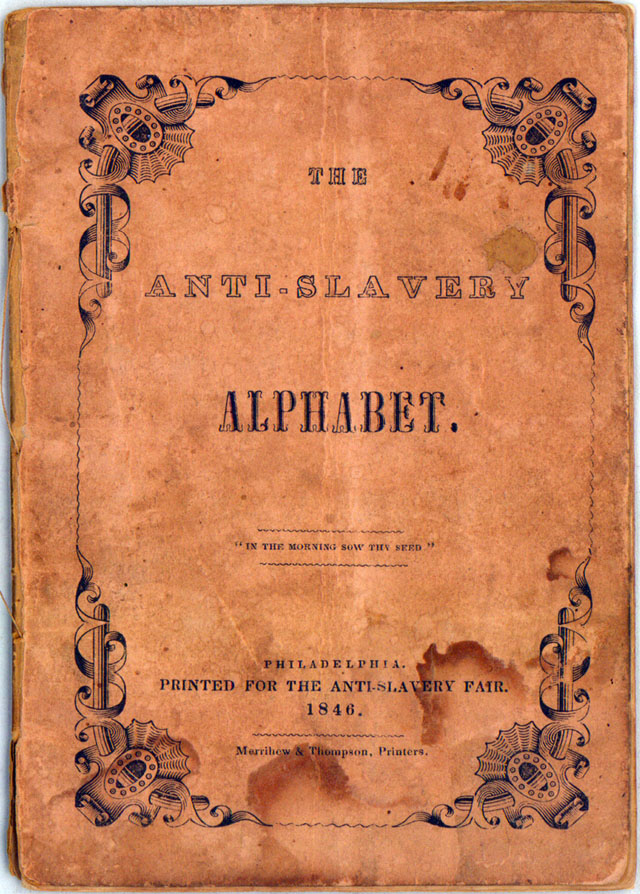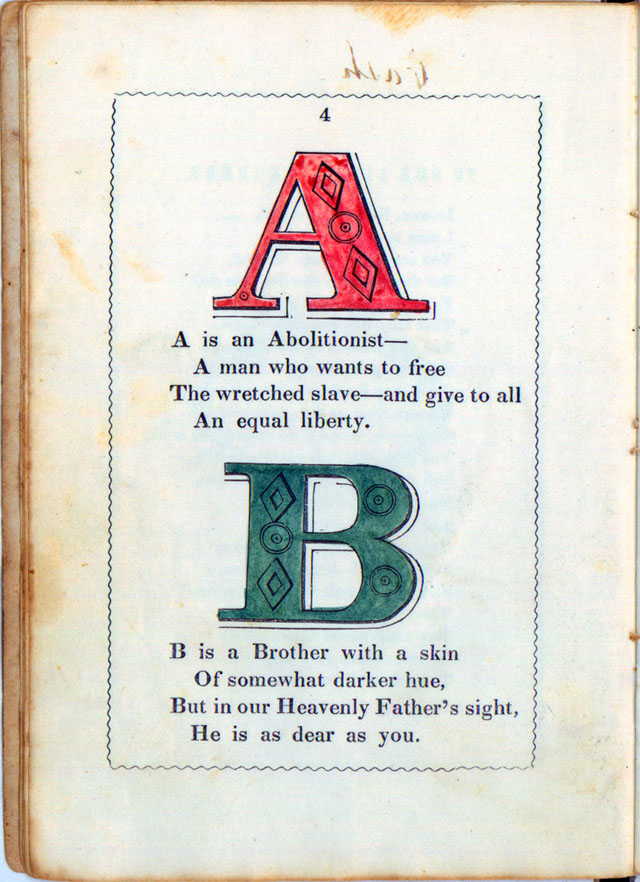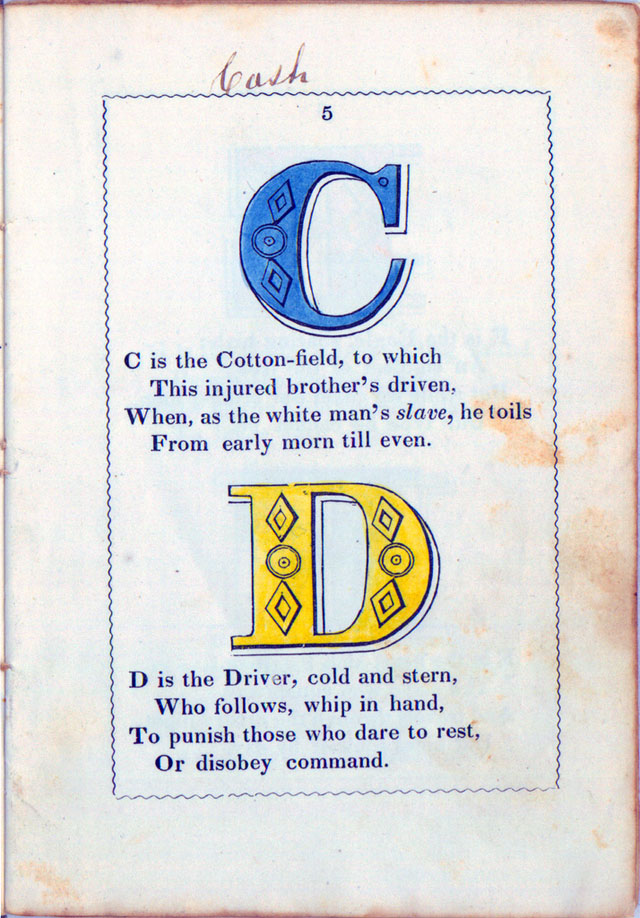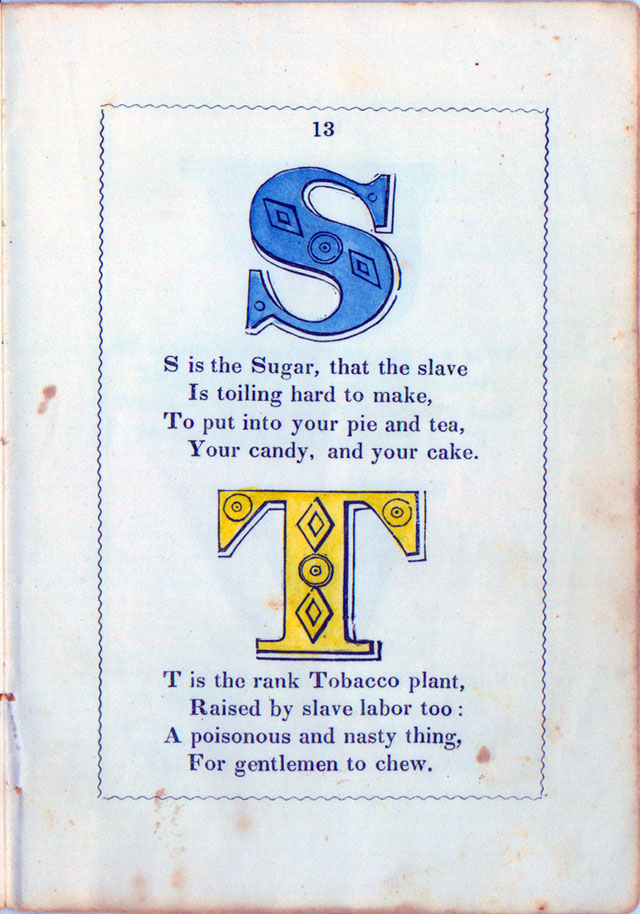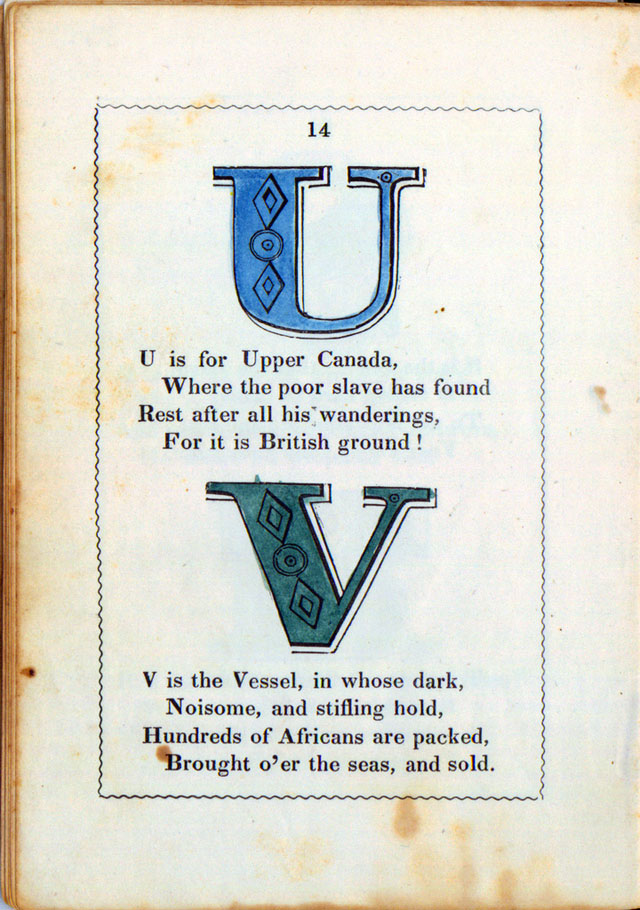Food writer and healthy eating advocate Mark Bittman has “no patience” for those who say, “I’d love to cook but I have a lousy kitchen,” but that doesn’t make him a hectoring meanie in the Top Chef panelist mold:
To me the question was not, “Would I cook this as a native would?” but rather, “How would a native cook this if he had my ingredients, my kitchen, my background?” It’s obviously a different dish. But as Jacques Pépin once said to me, you never cook a recipe the same way twice, even if you try. I never maintained that my way of cooking was the “best” way to cook, only that it’s a practical way to cook. (I’m lazy, I’m rushed, and I’m not all that skillful, and many people share those qualities.)
If you’ve made it to adulthood without learning how to cook, or for that matter, how to eat for the good of your body and the planet, Bittman is your man.
With the exception of his baroque, James Beard-inspired scrambled eggs, his recipes are swift and simple, and his well documented flexibility makes him a good fit for any number of palates and dietary restrictions.
Having introduced the world to the idea of eating “vegan before six,” he ditched his cushy New York Times columnist gig to start a plant-based meal kit service in San Francisco. The Purple Carrot’s stated goal is not to get people to give up meat, but rather to up their intake of home cooked dishes that are good for their health as well as the environment.
Ergo, he’s likely not too chagrinned that this collection of Bittman’s “most-loved recipes,” in a career spanning more than 1500 bylines at the New York Times, includes such ingredients as chorizo, mayonnaise, chicken, and eggs.
Below you can find a selection (a baker’s dozen) of favorite Bittman recipes for chefs at all levels, including absolute beginners, to try. (The complete list is here.) Their ingredients are fairly straightforward, though Holly Golightly types who store books in the oven, may have to upgrade the kitchen with some ramekins and a pastry cutter.
- Classic Scones [top]: Those without a food processor can do as my grandma, an excellent, unfussy farm cook did, and cut the butter into the dough with two forks.
- Roasted Brussels Sprouts With Garlic: The liverwurst of vegetables no more! This is so simple it’s barely a recipe. More of a philosophy. His sweet potato fries fall into the same category.
- Simplest Roast Chicken: Perfect to pack along on a Hemingway picnic.
- Vegetable Soup: This one presumes a microwave. You can do it the old fashioned way by adding some water or boxed vegetable stock to a stovetop pot. See? Cooking is easy!
- Roasted Sweet Potato Salad With Black Beans and Chili Dressing: Homemade dressing is a skill worth acquiring.
- Fried Chickpeas With Chorizo and Spinach: Lose the chorizo and boom! It’s a vegan entree.
- Corn and Crab Cakes: Don’t care for crab? Take a stab at one of Bittman’s 103 fish recipes and use the leftovers in place of the crustacean.
- Spiced Red Lentil Dal: This recipe costs less than the print edition of the Times.
- Sautéed Shrimp With Capers and Olives: Unless your veganism is shaping up to be a 24/7 commitment, you’re gonna have to learn how to devein shrimp sometime, pal.
- Grilled Corn: You don’t even have to have a working kitchen! Just a hibachi and a bowl!
- Fastest Pasta With Spinach Sauce: Love carbs? So does Bittman, as evidenced by the number of pasta recipes he’s published.
- Mexican Chocolate Tofu Pudding: If one might frame a vegan dessert in terms of killing birds, this is the stone that will polish off your fear of tofu, ramekins…and vegan desserts!
- Champagne Cocktail: Congratulations! You’re a chef! Toast your accomplishments.
Find all of Bittman’s New York Times recipes here. And even more on his website.
Related Content:
MIT Teaches You How to Speak Italian & Cook Italian Food All at Once (Free Online Course)
Ayun Halliday is an author, illustrator, and Chief Primatologist of the East Village Inky zine. Follow her @AyunHalliday

